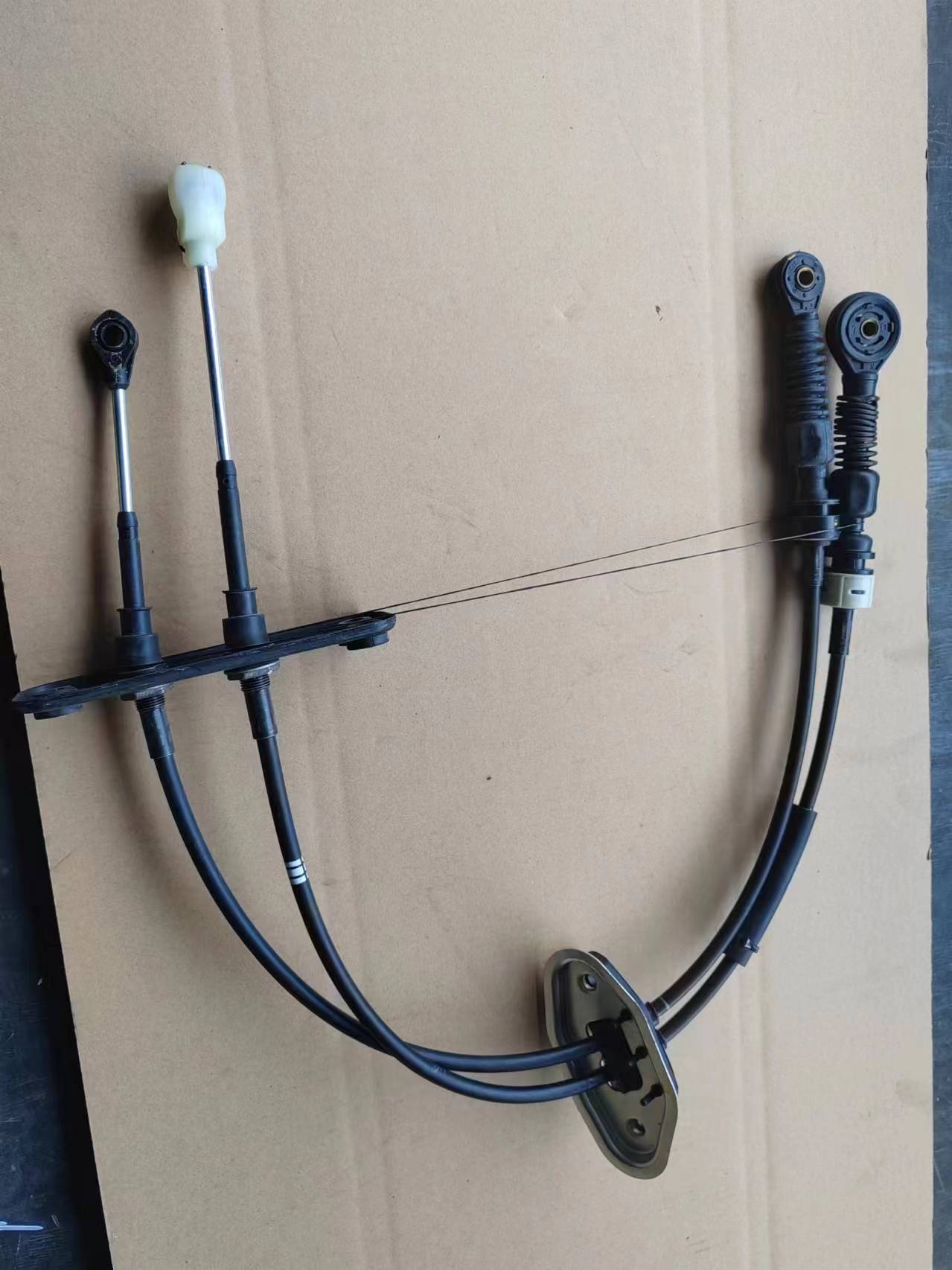Hydraulic Clutch Line - High-Performance Clutch Solutions
Understanding Hydraulic Clutch Lines in Automotive Systems
A hydraulic clutch line plays a crucial role in the functionality of a vehicle's clutch system, essential for the smooth transition of power from the engine to the transmission. Understanding this component is vital for anyone involved in automotive repair or modification.
The hydraulic clutch system operates on the principle of hydraulics, which utilizes fluid under pressure to effectuate movement. When the driver presses the clutch pedal, a master cylinder generates hydraulic pressure in the clutch line. This pressure is transmitted through the line to a slave cylinder, which then engages or disengages the clutch mechanism. This process ensures that the driver can easily shift gears without excessive force or wear on the components.
One of the main advantages of hydraulic clutch lines over traditional mechanical systems is their ability to provide a lighter pedal feel. This is particularly beneficial during heavy traffic situations where frequent gear changes are necessary. Furthermore, hydraulic systems offer a more consistent performance, as they are less prone to wear and tear compared to mechanical linkages.
hydraulic clutch line

However, hydraulic clutch systems are not without potential issues. One common problem is the occurrence of air bubbles within the hydraulic line, which can lead to a spongy pedal feel and erratic clutch engagement. It's essential to regularly bleed the hydraulic system to remove any trapped air and ensure optimal performance. In addition, hydraulic lines can develop leaks, which can result from wear over time or damage from external factors. Regular inspection and maintenance are critical in preventing such leaks to ensure the longevity of the clutch system.
Upgrading or replacing a hydraulic clutch line can enhance the overall driving experience. Aftermarket options often provide increased durability and performance, making them a popular choice among performance enthusiasts. Choosing the right material, such as stainless steel or high-quality rubber, can further improve the line’s resilience against heat and pressure fluctuations.
In conclusion, the hydraulic clutch line is a vital component in modern automotive engineering. Its efficient operation and advantages over mechanical systems make it an integral part of the vehicle's performance. Understanding its function, maintenance, and potential upgrades can significantly enhance driving efficiency and vehicle longevity. Whether you're a car enthusiast or simply a driver, knowing about the hydraulic clutch system can offer deeper insights into the workings of your vehicle.
-
Workings of Clutch Pipe and Hose SystemsNewsJun.04,2025
-
The Inner Workings of Hand Brake Cable SystemsNewsJun.04,2025
-
The Secrets of Throttle and Accelerator CablesNewsJun.04,2025
-
The Hidden Lifeline of Your Transmission Gear Shift CablesNewsJun.04,2025
-
Demystifying Gear Cables and Shift LinkagesNewsJun.04,2025
-
Decoding Clutch Line Systems A Comprehensive GuideNewsJun.04,2025
